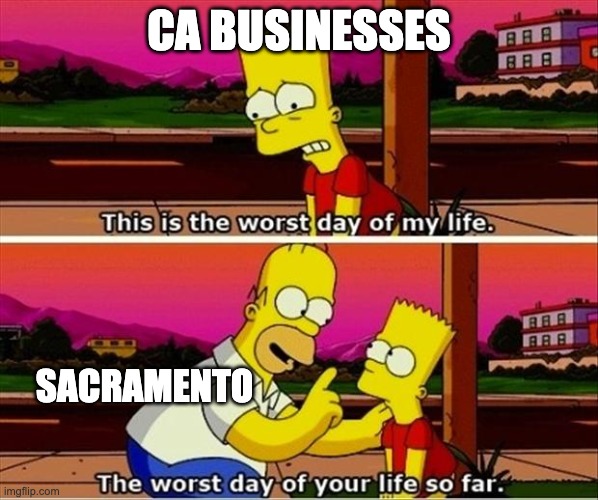Happy Monday dear readers!
It’s been a dizzyingly busy time to be in workers’ compensation, and your humble blogger will endeavor to bring you a little slice of the goings on.
The first thing that comes to mind, of course, is the Court of Appeals published decision, issued on June 1, 2021, in the matter of Applied Materials v WCAB. The applicant’s name is not disclosed because the case itself involves allegations of sexual abuse. The Applied Materials case focuses to two primary questions: (1) is sexual abuse and exploitation of an industrially injured worker by that worker’s treating physician compensable? And, (2) what about Fitzpatrick?
The first question the Court of Appealed answered in the affirmative, fairly readily actually. Sexual exploitation and abuse by a treating physician can give rise to a compensable consequence injury, and in this case did just that. The Court rejected the argument that the sexual contact was consensual.
The main focus of this relatively humble blog post is, of course, the fact that the Applied Materials Court also endorsed Fitzpatrick.
So, some background on the law regarding Fitzpatrick. In 2014, the California Legislature amended Labor Code section 4662, which governs permanent disabilities presumed to be total in character. The amended Labor Code section separated permanent total disability “determined in accordance with the fact” into its own subsection, which presumably disconnected it from subsection (a), which read: “any of the following permanent disabilities shall be conclusively presumed to be total in character”.
The effect? The results in the case of Fitzpatrick, wherein the Court of Appeal ruled that to get to 100% permanent disability, one either had to have the permanent impairment listed in section 4662(a)(1)-(4) (loss of both eyes, loss of both hands, total paralysis, brain injury resulting in incapacity or insanity) or have PD actually reached to 100% through a rating.
Presumably, this did not affect Ogilvie vocational rehabilitation theories, but it eliminated an evaluator’s ability to conclude that a permanent disability was total, without stacking up the actual ratings.
Now let’s go back to Applied Materials – the psychiatric physician on this case opined applicant was permanently totally disabled due to the PTSD caused by her sexual exploitation and abuse at the hands of her pain management treating physician. However, the GAF score offered by his reports was 45, which translated to 40% WPI and around 70% PD. So how to we get to 100%?
We don’t. The Applied Materials Court cited (and therefore endorsed) the approach outlined in Fitzpatrick, which held that if the injured worker’s condition does not fall into one of the four categories outlined by Labor Code Section 4662(a), then 100% cannot be reached by a medical-legal report absent the appropriate ratings.
Now, mind you, dear readers, under Kite, it’s conceivable that a 50% PD psyche rating and a 50% PD orthopedic rating might stack towards 100% PD, but those are certainly not the facts here. As the Applied Materials opinion points out, a GAF score of 29 or less in this case would have resulted in 100% PD as well.
The Court of Appeal sent the case down for further proceedings, but between the Supreme Court declining to review Fitzpatrick and the Applied Materials decision, we are getting a pretty good indication of what the binding authority is on this issue.
Straight on till Wednesday, dear readers!

